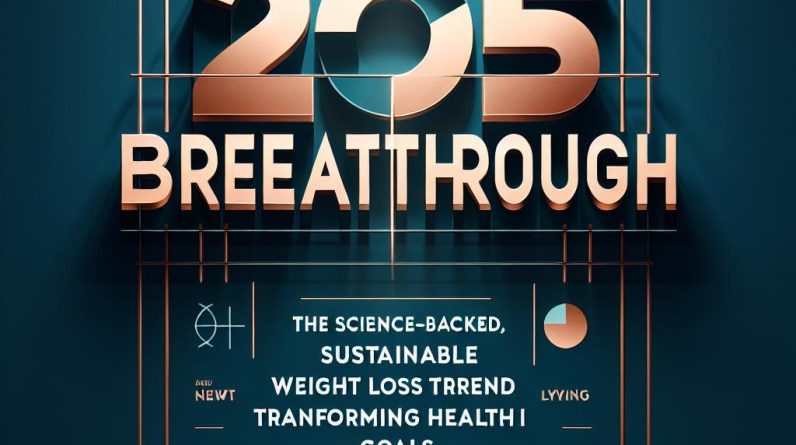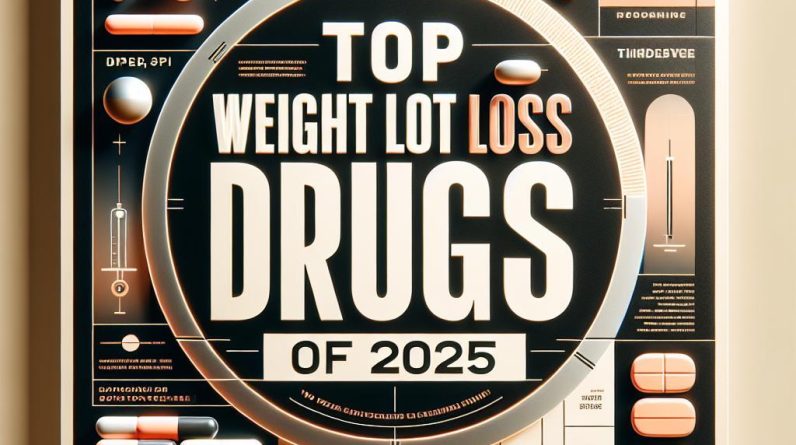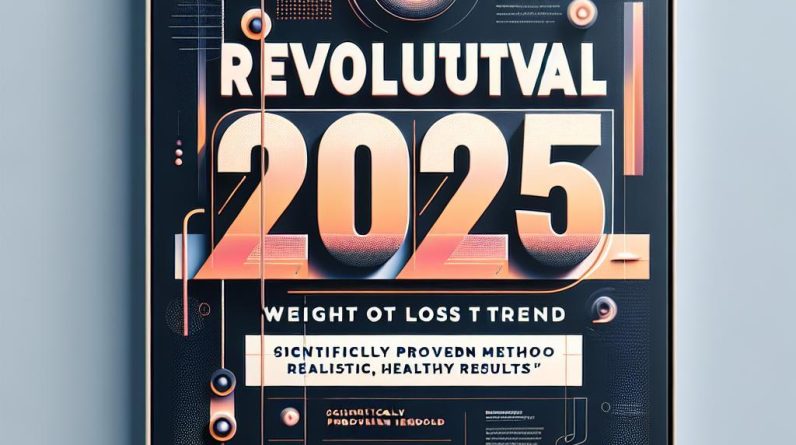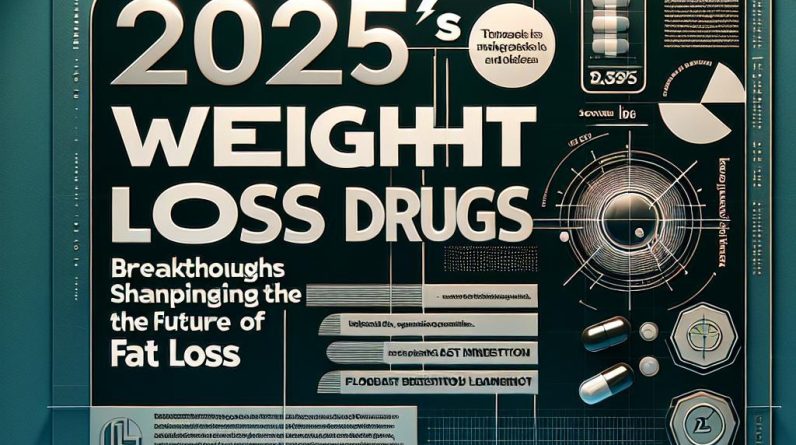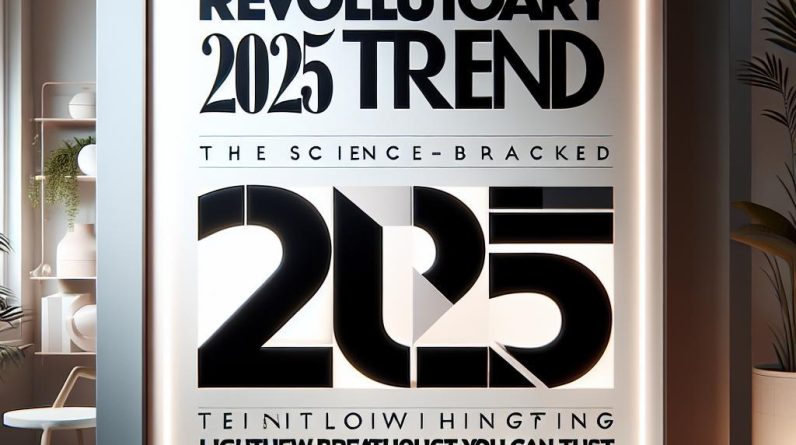
As we progress into 2025, a groundbreaking trend is reshaping industries worldwide: scientific advancements in lightweighting technology. This innovative approach promises to enhance performance, improve energy efficiency, adn promote sustainability across various sectors. Here’s a comprehensive overview of this revolutionary trend and why it is gaining unstoppable momentum.
Understanding the Lightweighting Revolution
Lightweighting refers to the process of reducing the weight of materials and structures without compromising their strength or functionality. Driven by scientific research and cutting-edge engineering, this breakthrough is influencing sectors such as automotive, aerospace, construction, and consumer electronics.
Key Benefits of the Lightweighting Breakthrough
- Enhanced Energy Efficiency: Lighter materials lead to reduced energy consumption, especially in transportation and manufacturing.
- Increased Performance: Vehicles and machinery become more agile, faster, and more responsive.
- Environmental Sustainability: Reduced material usage and improved fuel efficiency contribute to lower carbon emissions.
- Cost Savings: Long-term savings due to decreased fuel, maintenance, and material costs.
How Science Backed This Breakthrough
-
Advanced Material Advancement
Scientists have developed new composites such as carbon fiber-reinforced plastics and innovative alloys that maintain strength while drastically reducing weight.
-
Nanotechnology Integration
Nanomaterials enable the creation of ultra-light yet durable components, pushing the boundaries of customary material properties.
-
simulation & Modelling
Enhanced computational tools allow engineers to simulate and optimize lightweight designs before physical production, saving time and resources.
-
Sustainable Manufacturing Processes
Innovative manufacturing techniques like 3D printing and automated assembly facilitate the precise creation of lightweight components with minimal waste.
Industries Leading the Change
- Automotive: Ultralight vehicles with improved safety and fuel economy.
- Aerospace: Lighter aircraft parts that reduce fuel consumption and emissions.
- Construction: Lightweight yet durable building materials for faster, more sustainable construction.
- Electronics: Slimmer, more portable devices with longer battery life.
Looking Ahead: Trusting the Science
As thes innovations continue to evolve, trust in the scientific research and rigorous testing behind lightweighting technologies becomes crucial. Industry standards are being established to ensure safety, durability, and environmental obligation. Businesses and consumers can confidently adopt these advancements,knowing they are backed by thorough scientific validation.
Conclusion
The lightweighting breakthrough of 2025 represents a major leap forward in sustainable, high-performance design. With its solid scientific foundation and promising benefits across multiple sectors, this trend is poised to redefine how we build, move, and innovate in the years to come.

